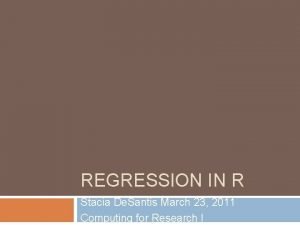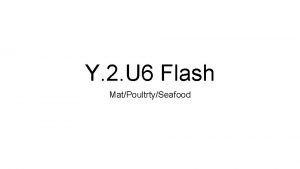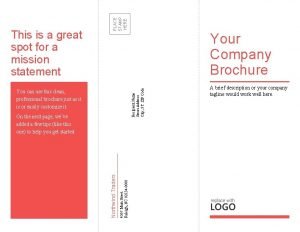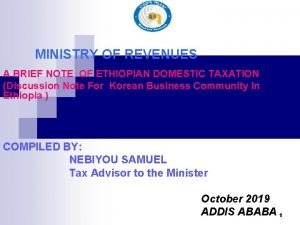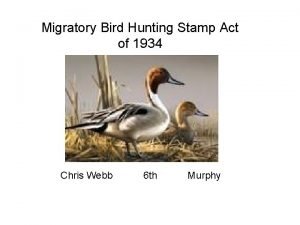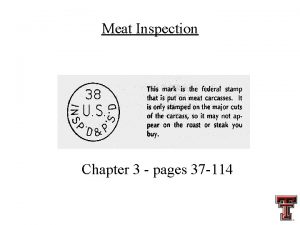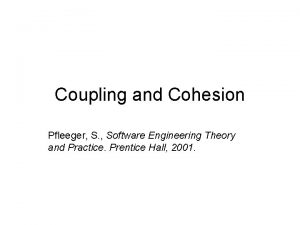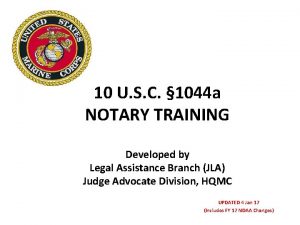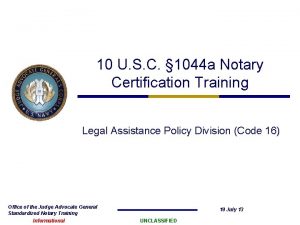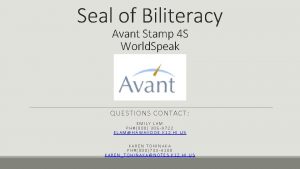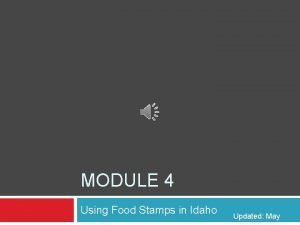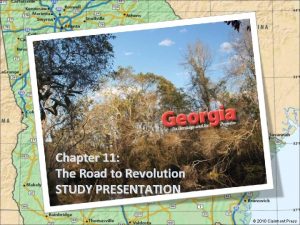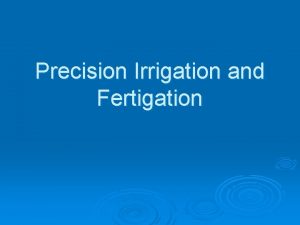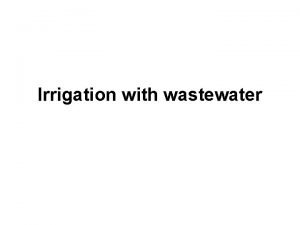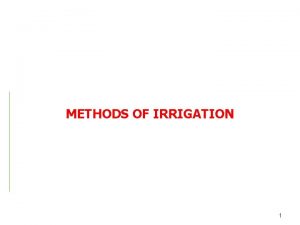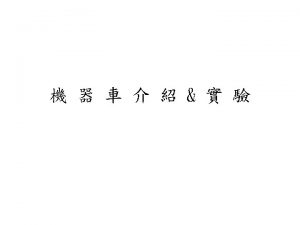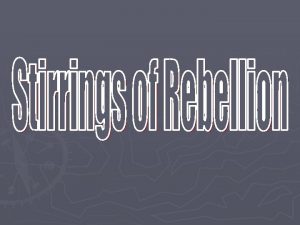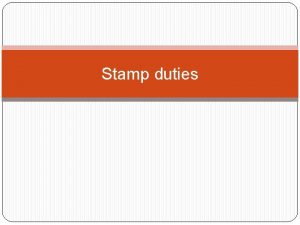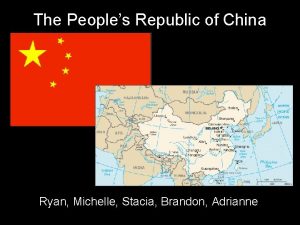Managing Irrigation Using the STAMP Irrigation Tool Stacia




















- Slides: 20

Managing Irrigation Using the STAMP Irrigation Tool Stacia L. Davis, Ph. D. State Irrigation Specialist Assistant Professor – Irrigation Engineering LSU Ag. Center

Introduction • Water use continues to increase across all sectors • Pattern exists between cultivated cropland water use for irrigation

Introduction • 49% of crop acreage has irrigation capabilities. Of that acreage, • 80% is furrow-irrigated • 20% is sprinkler-irrigated • USGS estimates that irrigation consumption continues to increase despite recent wetter conditions Key to irrigation Right time, right place, and right amount

Introduction • Mid-South put focus on soil moisture sensors • Louisiana’s efforts • Plot studies repeated on three soil types using two sensor types in 2015/2016 • Various demonstrations conducted with farmers across the state

Introduction • What needs to be considered? Soil sensor-based system Weather-based system Soils information • Available water holding capacity • Compaction • Irrigation threshold • Sensor selection Soils information • Available water holding capacity • Compaction • Irrigation threshold Types of readings Reliable weather data Processing infrastructure Communication infrastructure Plant variety information • Planting date • Growth stages • Crop coefficients Installation methods/requirements Objective: Develop a basic decision tool to determine when to trigger furrow irrigation events based on plant water requirements for agronomic crops

Materials and Methods

Materials and Methods • Soil water balance Red: Mandatory information Blue: User inputs

Materials and Methods • Treatment 1 – Irrometer Watermark • Treatment 2 – Decagon GS 1 5 sensor depths • Treatment 3 – Weekly irrigation • Cotton, sandy clay loam – Bossier City • Soybean, silt loam – Winnsboro • Soybean, cracking clay – St. Joseph

Results • Cotton on sandy clay loam • Planted on June 8, 2015

Results • Comparison of soil moisture sensor estimates and soil water balance • 2015 Cotton on sandy clay loam NSE 0. 3254 RMSE 0. 0284 Update NSE 0. 769 RMSE 0. 0155

Results • Comparison of soil moisture sensor estimates and soil water balance • 2015 Cotton on sandy clay loam 3 day delay (7/21 7/24) Actual Irrigation Events = 5 Predicted Irrigation Events = 6

Results • Comparison of soil moisture sensor estimates and soil water balance • 2016 Cotton on sandy clay loam NSE 0. 296 RMSE 0. 0217 Update NSE 0. 630 RMSE 0. 0164

Results • Comparison of soil moisture sensor estimates and soil water balance • 2016 Cotton on sandy clay loam Actual Irrigation Events = 2 Predicted Irrigation Events = 2

Results • Cotton on sandy clay loam • Planted on May 11, 2016

Results • 2016 cotton on sandy clay loam • Conventional tillage • Compaction? GS-1 Site Watermark Site

Results • Comparisons – Number of events for the crop season

Results • Comparisons – Average depth per event

Preliminary Conclusions • Cannot remove the human component to irrigation! • A soil water balance is a decent option if sensors are impractical considering cost and management style • Better to incorporate field characteristics and infiltration, too • A combination of the two would be great! • Practicing furrow irrigation on heavy soil types may become inefficient • Leads to applying more water per event and having less events than needed • Need to verify model in this soil type! • Simple, practical approaches to on-farm water management should be encouraged before technologies

Next Steps… • Continue testing! Soil water retention curves… • Write manual and provide full release • Look at incorporating furrow irrigation models and infiltration • Look at linking to computerized hole selection software

Thank you! Questions? Stacia L. Davis, Ph. D. LSU Ag. Center State Irrigation Specialist Red River Research Station Bossier City, LA sdavis@agcenter. lsu. edu 318 -741 -7430 ext. 1105
 Stacia desantis
Stacia desantis Pixpsd
Pixpsd Stamp violence assessment tool
Stamp violence assessment tool Managing and using information systems
Managing and using information systems Which grade of seafood is marked with a stamp?
Which grade of seafood is marked with a stamp? Ca stamp format
Ca stamp format Recipient company name
Recipient company name Pan african and independence comprehension check answers
Pan african and independence comprehension check answers Stamp duty(amendment) proclamation no. 612/2008
Stamp duty(amendment) proclamation no. 612/2008 Migratory bird hunting stamp act
Migratory bird hunting stamp act A round purple inspection stamp of refers to
A round purple inspection stamp of refers to Define coupling in software engineering
Define coupling in software engineering 10 u.s.c. 1044a notary stamp
10 u.s.c. 1044a notary stamp 10 usc 1044a
10 usc 1044a Sugar and stamp act
Sugar and stamp act Avant testing login
Avant testing login Rutherford stamp collecting
Rutherford stamp collecting Incoming mail register
Incoming mail register Idaho quest card
Idaho quest card Sugar and stamp act
Sugar and stamp act The stamp tax uproar
The stamp tax uproar
